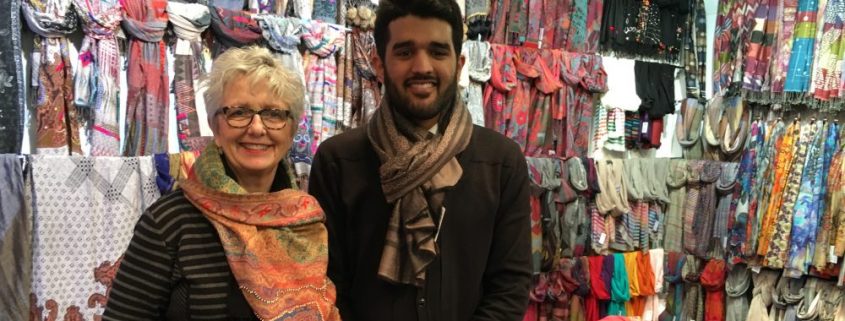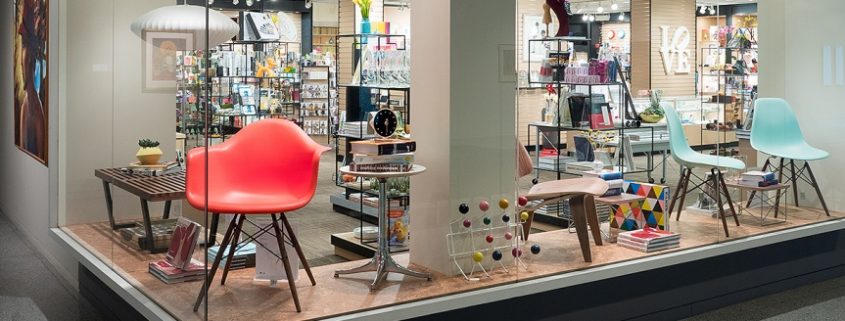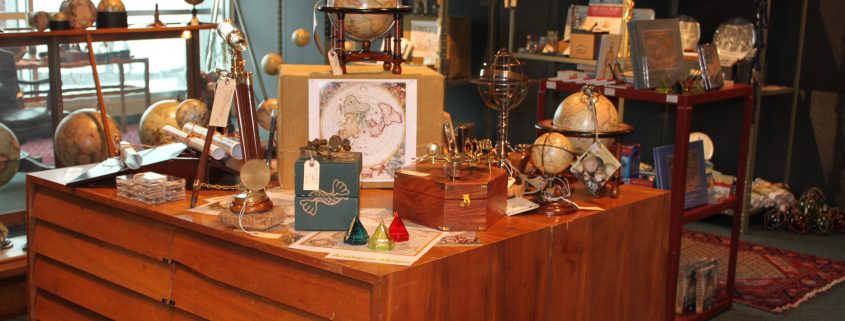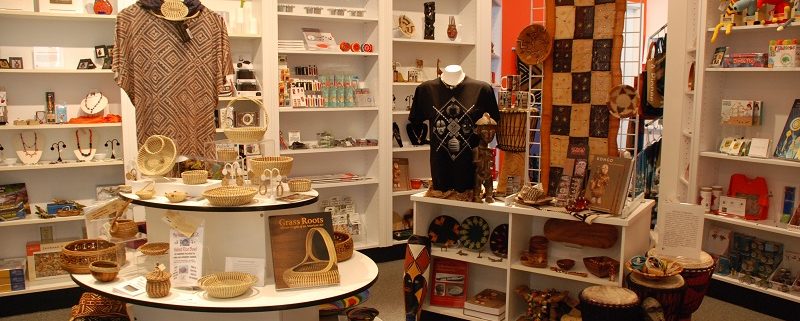Art Supplies? Yes!
April 3, 2017
By Nancy Sanders
Selling art supplies might be a given for fine art museum shops, but all sorts of museum shops should consider adding this product category to their sales plan assortments. People of all ages can use some extra creativity in their lives, and activities that encourage drawing, painting and photography can fill an important need.
When I first started buying for the Gallery Shops’ children’s department in 2002, our store didn’t have a huge number of SKUs or art supply vendors. Our products could be found in mainstream stores, and we struggled to compete on retail pricing. In addition, I was pretty particular about what quality I expected. Children need good-quality supplies; otherwise, their frustration when markers lose ink too quickly or when pencil points break at the slightest pressure might be discouraging. And what about all of the young adults and adults who came into our galleries and left feeling inspired to create art—what did we offer them in the way of art supplies beyond student-grade media?
These were areas I addressed when I evaluated my options for business growth, and over the years, the category of art supplies has increased from 20 percent to 50 percent of our department’s overall sales. Here are some of my recommendations for how you can achieve similar growth.
















